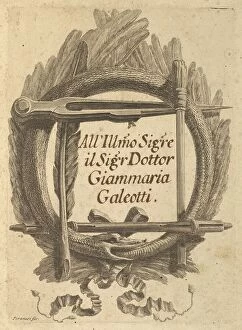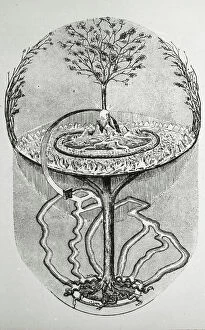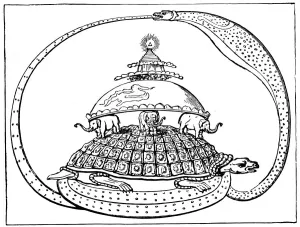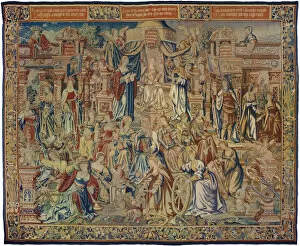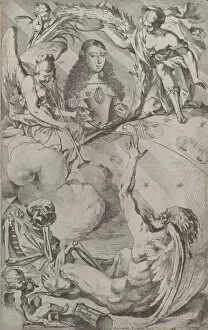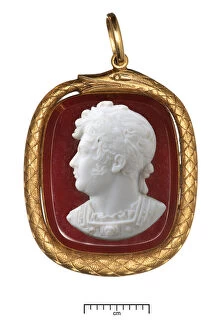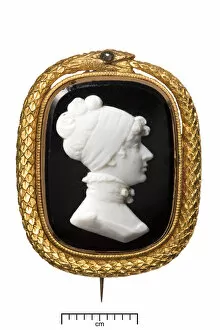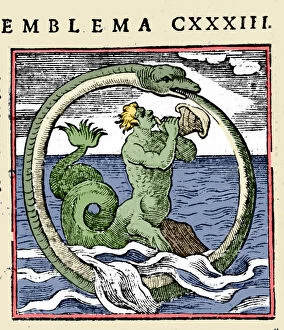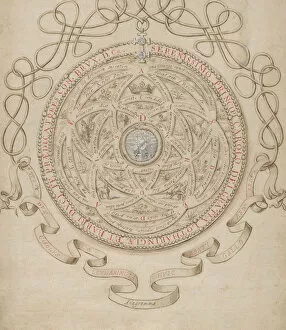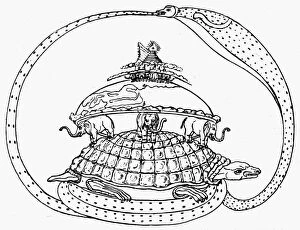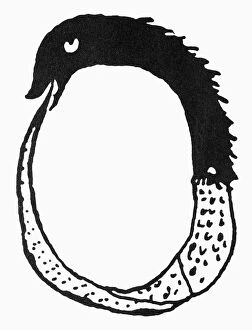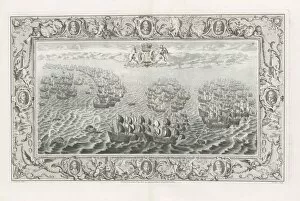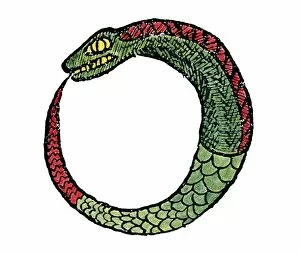Ouroboros Collection
"Unveiling the Mysteries of Ouroboros: A Journey through Time and Symbolism" Step into the enigmatic world of Ouroboros, a symbol that has captivated minds for centuries
All Professionally Made to Order for Quick Shipping
"Unveiling the Mysteries of Ouroboros: A Journey through Time and Symbolism" Step into the enigmatic world of Ouroboros, a symbol that has captivated minds for centuries. Dating back to the 16th century, this dragon-like creature devouring its own tail represents eternal cycles and infinite renewal. Intriguingly, we find Ouroboros intertwined with other powerful symbols throughout history. The Kneph reveals an extraordinary fusion of Ouroboros, delta, and the divine eye with the sun—a testament to cosmic unity and divine knowledge. Moving forward in time, Los Honores presents Prudentia (Prudence), adorned with an emblematic representation of Ouroboros. This Flemish masterpiece from 1525/32 reminds us of the importance of wisdom in navigating life's complexities. The portrait of Maria Luisa d Orleans transports us to late 17th-century Spain. Her regal presence is enhanced by a subtle inclusion of Ouroboros—an emblem connecting her to timeless power and royalty. Fast-forwarding again, we encounter George IV Coronation Gold Pendant from 1821. Here, delicate craftsmanship combines gold and glass to depict an exquisite rendition of Ouroboros—a symbol fit for a king's coronation. Even renowned philosopher Voltaire couldn't resist exploring the allure of Ouroboros. His hand-colored etching delves into deep philosophical questions surrounding existence and self-reflection—themes intricately tied to this ancient symbol. Tragedy strikes as we witness Death Princess Charlotte Gold Memorial Brooch from 1817—a poignant reminder that even within grief lies hope for rebirth encapsulated by an elegantly crafted ouroboric design. Emblemata takes us on a journey where Triton encounters our beloved serpent-eating-its-tail creature—an artistic portrayal that merges mythological elements with symbolic significance in perfect harmony.


